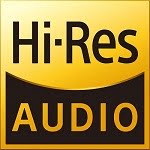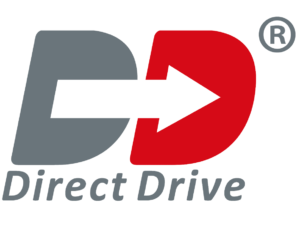One small step…
Known as the ‘pocket rocket’, our nano iDSD LE is perfect if you’re new to digital audio and ready to take the first step to improve the sound of your music.
It’s a cut above above entry-level DACs with its power/performance and even better, its price is kind on your pocket too.

Perfect. Powerful
The nano iDSD LE plays high quality audio files up to DSD256 and keeps them in the ‘Bit Perfect’ format you know and love.
With a headphone amplifier that outputs 130mW, the nano LE packs a punch for most ear buds.
When the going gets good…
The good gets even better as the nano LE is simple to use.
At home, the nano connects to your existing system via RCA or 3.5mm line out, or use the USB3.0 cable to connect to your computer.
On the go, just connect a CCK cable for iPhone or OTG cable for Android via the additional shorty cable in the box.

Smooth operator
The iDSD LE is affordable yet atypically has a precise, analogue volume control.
It delivers a smooth sound with superior no-loss music quality.
It’s no joke
We’ve stamped out jitter with our Zero Jitter® technology to ensure you don’t miss a beat.
No beats or ‘Bits’ missed in our tech. (Sorry, we told you it was no joke!)
And finally, the nano LE has up to 8 hours of battery life for you to enjoy on the go.
DACs convert digital information, stored or streamed by computers, into music we can hear through speakers or headphones.
Every device that’s a source of digital sound has a built-in DAC (TVs, games consoles, CD players, phones, portable music players etc). Dedicated external DACs sound much better than standard DACs used in digital devices such as phones.
IEMs stands for In-Ear Monitors.
These fit inside your ear. You’ve been using them for years. You just called them something else.
You will also see these referred to as earphones, ear buds and CIEMs. CIEMs are Custom In-Ear Monitors – IEMs made specifically to fit your ear shape.
So, what’s the difference?
Active speakers have an in-built power amplifier and just need a power cable (or battery) to operate. Passive speakers require an external power amplifier to operate.
In short, you need an amplifier for passive speakers, you don’t with active speakers.
DSD is a very high-quality digital audio format that’s even better than CD quality. The higher the ‘DSD rate’ – DSD64, 128, 256, 512 and 1024 – the greater the amount of music information available, which means better sound quality.
Files can be remastered to higher file rates to improve sound quality. The pinnacle of this is DSD1024. Not many machines out there are capable of this feat.
If a file is “Bit Perfect’ it means it has stayed the same. For example, if a PCM file is played through a DAC to improve the sound quality and the DAC does not change the file format. The file is ‘Bit Perfect’.
So, why don’t we provide these two cables with our products?
The Apple CCK cable can only be purchased from Apple. We can’t make one ourselves as it has a special chip in the cable that we’d need to use for them to actually work with Apple hardware. Sadly, Apple has not released this chip to anyone.
We can and do make two versions of an Android OTG cable – Type C and micro.
For cost and convenience, modern DAC chips have a built-in digital volume control. The drawback is that a digital volume control works by ‘truncating’ the signal. Or ‘chopping Bits’ of resolution. For a 16-Bit music file at 50% volume level means the listener is actually listening to 14.5-Bits!
All iFi products bypass the digital volume control and use a separate analogue volume control which does not ‘lose Bits’ so a 16-Bit file stays unchanged which delivers maximum resolution.
Losing Bits of resolution (quality) is like having missing pixels on a computer or TV screen.
MP3 – this is the most popular format, every device in the world can use it.
DSD – Direct Stream Digital is a very high-quality audio format, better than CD quality. The higher the number (sample rate), the better the recording – DSD64, 128, 256, 512 and 1024.
PCM – Pulse Code Modulation is the most common format for CDs and DVDs.
DXD – Digital eXtreme Definition is a very high-quality PCM format. It was developed to edit hi-res (high quality) recordings recorded in DSD.




















